Loyalty is Dead. Long Live Customer Love.
(Or: Why your points are pointless if no one actually likes you)
We’re thrilled to host guest author Alex Naisby, former Head of Marketing & Loyalty at Nectar and Sainsbury’s, whose two decades of loyalty expertise have driven some of retail’s most successful programmes.
In this post, Alex reveals why loyalty programmes are not always the silver bullet to true customer love – it’s about understanding your customers and their motivations first and foremost, to craft a balanced programme of engagement rooted in emotion, community and shared values and maybe a few points and rewards too
“Let’s launch a loyalty programme.”
Ah, the famous last words of a thousand well-meaning boardroom conversations, accompanied by a slide deck full of tier names and points mechanics.
And every time I hear it, a small part of me dies inside.
Not because I don’t love loyalty. I do. I’ve spent over 20 years building, scaling, and transforming loyalty programmes. When loyalty is done well, it’s a money printing machine, a data goldmine, and a genuine driver of customer connection.
But here’s the truth we need to shout from the rooftops: Loyalty isn’t what you do or what you have. It’s a what you achieve! And if you think you can buy it with some points, perks and a jazzy app, you’re simply marching the loyalty lock-step.
You can’t bribe your way into someone’s heart
Somewhere along the way, we confused the mechanics of loyalty with the actual meaning of it. Points, tiers, vouchers, birthday treats — all useful in your toolbox. But they’re not loyalty. They’re simply wrapping paper. And customers can tell when the gift inside doesn’t match the promise on the outside.
When businesses anchor their strategy on launching “a loyalty programme,” it’s often shorthand for: We want people to come back more often and spend more money, thank you very much
That’s not a crime. But it’s also not loyalty. That’s a sales promotion with a slightly longer runway. True loyalty goes deeper. It’s not transactional — it’s emotional, behavioural, sticky.
It’s why I’ll binge Netflix before even opening the Prime Video app. Why I trust Apple even when their charger changes (again). Why I’ll stick with a brand I love, even when a cheaper alternative lands in my inbox. Because they’ve earned it.
Loyalty Is Love (The Deep, Messy, Human Kind)
Real loyalty is rarely rational. It’s irrational affection. It’s identity. It’s habit. It’s trust. It’s the “I just like them” feeling that marketers wish they could bottle.
Sometimes it is helped along by a brilliantly designed rewards program. But often, it’s something else entirely:
- A community you’re proud to be part of
- Priority access that makes you feel valued
- A set of values that mirrors your own
- A brand that feels like it sees you
Netflix doesn’t hand out points or perks — but it nails personalisation, habit, cultural relevance, and an always-on sense of “this is just for me.” It’s loyalty by design, not by discount.
It’s a brand strategy, not a marketing tactic
Let me be quite blunt here: if your loyalty effort starts with a tech platform demo and not a deep customer insight conversation, you’re already way off course. (you know my mantra here – a fool with a tool is still a tool!)
Start by asking:
- Who are your most valuable customers — and what actually motivates them?
- What’s the role your brand plays in their life — functional, emotional, social?
- How do we build something that reflects our promise, not just our product?
Loyalty should be your North Star — something that guides decisions across marketing, product, service, operations, finance. Not a carbuncle campaign or scheme that sits unloved to the side of your brand. Not a KPI workaround. And definitely not a spreadsheet labelled “retention uplift metrics.”
Because if it’s not embedded across your business, you’re not building loyalty and love in a marriage, you’re renting attention in a brief fling that lasts until the younger sexier model comes along. Be more Richard and Judy and less Katie Price.
One size fits none
Let’s be honest — not all customers are moved by the same things. That’s the beauty of designing strategies, not schemes.
- Some want rewards — a well-executed, currency-led proposition with clear value (Boots, Nectar, Tesco Clubcard).
- Some want status — fast-tracking, perks, VIP moments (Amex, British Airways, Nando’s Blackcard).
- Some want access — community, exclusivity, experiences they can’t buy elsewhere (Nike, Monzo).
- Some want alignment — brands that reflect who they are or want to be (Patagonia, Allbirds).
The job of a great loyalty strategist is to understand what matters most — to your customers, and to your brand — and design something that connects the two in a way your competitors wish they’d thought of first.
Test yourself…
Would your competitors be jealous of your loyalty strategy?
Not because of the tech. Not because of the creative.
But because your customers genuinely love you.
If the answer’s no — you’ve still got work to do.
So, What Should You Do Instead?
Next time someone in your business says,
“We should launch a loyalty program…”
Take a deep breath and try replying with: “Or… we could build something so valuable and meaningful that customers would never dream of leaving.”
Because that’s the work.
That’s where the commercial gold lies.
That’s how you build brands with staying power — not just schemes with points expiry dates and breakage.
Remember…
You don’t need a loyalty program.
You need a customer obsession strategy that where loyalty is an outcome along the way.
Do it right, and the points become the cherry on top — not the entire cake.
Like what you see?
Subscribe to our newsletter for customer experience thought leadership and marketing tips and tricks.





